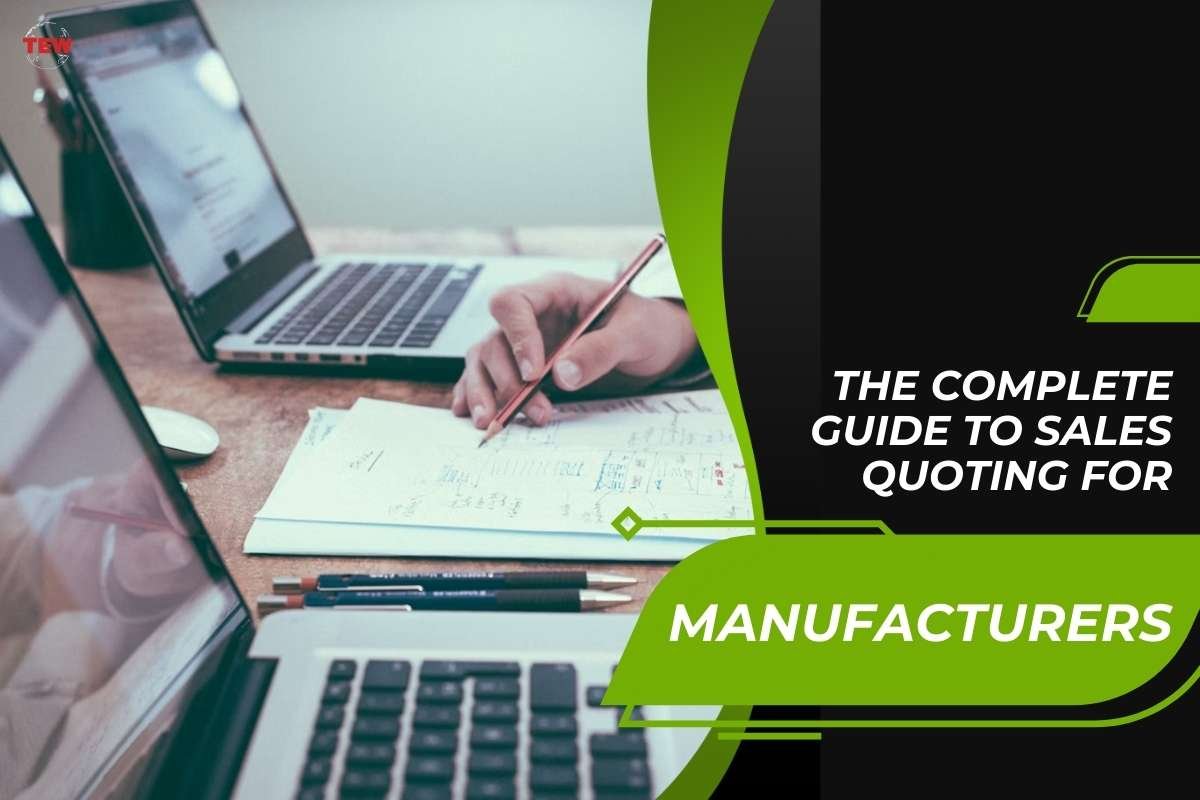In the manufacturing industry, the Manufacturing Sales Quoting process is remarkably complex. It involves a myriad of factors, from understanding customers’ needs and calculating labor and material costs to managing different members of the buying group over the course of the months-long sales cycle.
There are plenty of challenges manufacturers face, and Manufacturing Sales Quoting often goes overlooked. The reality is the quote-to-cash process is the most critical part of your overall sales workflow. Whether you can optimize it or not ultimately comes down to whether you can deliver quotes accurately and effectively.
Understanding the Manufacturing Sales Quoting process
Broadly speaking, we can break down the sales quoting process into a few key steps.

1. Determining customer needs
First and foremost, a member of your sales team will dive into what your customer is looking for. This is quite different from other types of B2B sales (SaaS). While there’s certainly a consultative element to SaaS sales, the customer is generally looking for an “out-of-the-box” solution. In contract manufacturing, this couldn’t be further from the case.
A customer might come to you with a specific product in mind, or they might have an idea and rely on your engineering team to do the heavy lifting. Even if you’re selling a standardized product, there will still be questions around the amount they need and their specifications.
2. Estimating costs
Once you know what your customers need, you’ll prepare the quote. Normally, you’ll use custom estimating software for manufacturers, which will include product and pricing rules, plus price and profitability optimization built into its system. A few considerations include:
- Product complexity
- Competition
- Materials and labor costs
- Skills required
- Shipping and handling
- Price sensitivity
- Order volume or total contract value (TCV)
3. Preparing the quote

When preparing the quote, you’ll add all the line items and add a markup. Ideally, this is done in your quoting software. It’s important to present your quote in a clear and professional manner. Include the following:
- A cost breakdown (everything you calculated above, each as an individual line item)
- Additional fees and taxes
- Delivery and shipping details
- Proposed payment terms
Best practices for Manufacturing Sales Quoting
Software can streamline the process, but your ability to push deals across the finish line depends entirely on your ability as an organization to manage the quote-to-cash process internally. Quoting tools are the enabler here, but it starts with the people and policies.
- Be responsive; your chances of closure drop 8x after just five minutes.
- Use a consultative approach during sales conversations.
- Communicate clearly with customers and ensure they understand all aspects of the quote.
- Be transparent about all costs and fees (surprise changes sour potential deals).
- Continuously track and evaluate quoting metrics like win rate and quote-to-cash cycle length to understand where inefficiencies lie.
- Invest in training and development for your sales team to improve their negotiation skills.
- Regularly review your product rules and pricing policy to ensure your software always has the most up-to-date information.
Endnote
Manufacturing Sales Quoting is arguably the most crucial part of the manufacturing sales process. By using the right tools and following a few best practices, you can improve sales velocity, win rates, and overall profitability. When you understand how to optimize your quoting process, you’re several steps ahead of the game.




